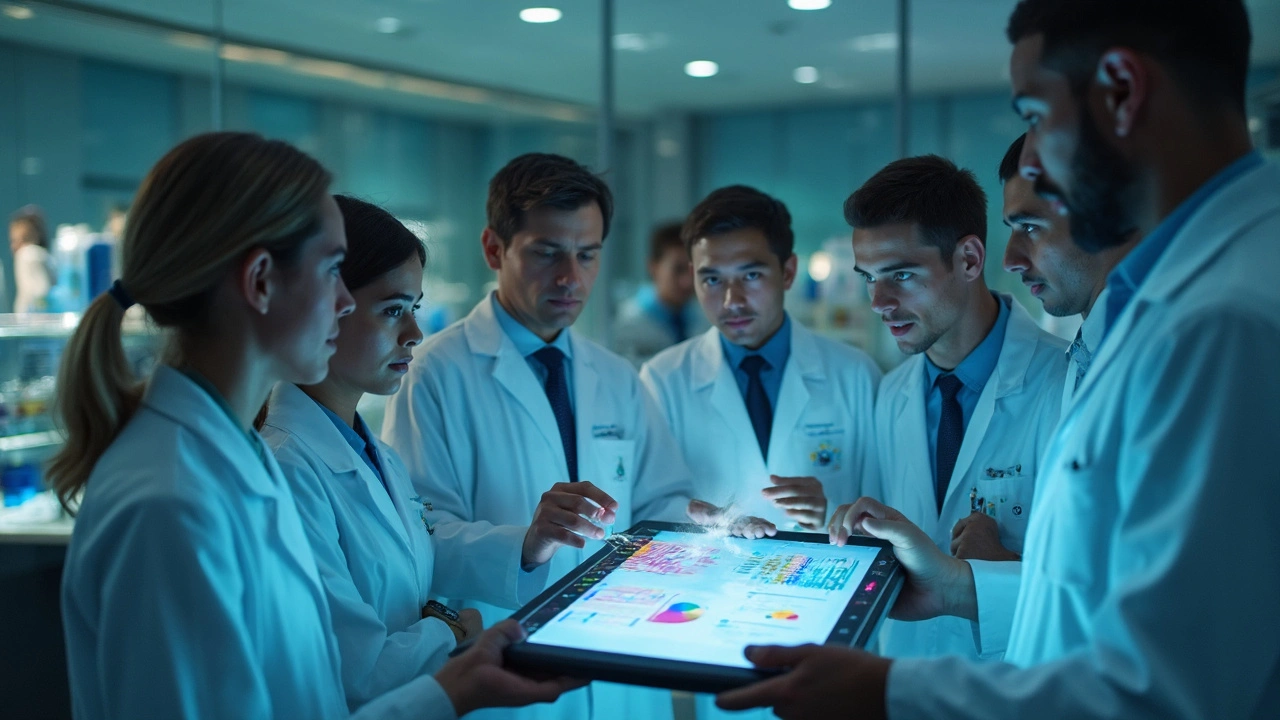Surveillance Data: Your Guide to Drug Safety Monitoring
When you pick up a prescription or an over‑the‑counter supplement, you probably trust that it’s safe. That trust usually comes from surveillance data – the ongoing collection of information about how a drug performs once it’s on the market. Think of it as the “after‑sales service” for medicines, tracking side effects, effectiveness, and any unexpected issues.
Why Surveillance Data Matters
Every medication gets a safety profile before approval, but real‑world use can reveal new facts. Companies, regulators, and watchdog sites constantly gather reports from doctors, patients, and pharmacies. This pool of data helps spot rare side effects, identify drug interactions, and guide dosage adjustments. For example, our article on Montelukast explains how post‑marketing reports flagged mood‑related side effects that weren’t obvious in trials.
Surveillance data also informs updates to prescribing guidelines. When a pattern emerges – say, an increase in liver enzymes with a certain herb supplement – health authorities may issue warnings or adjust recommended doses. This is why staying informed about the latest reports can protect you from preventable harms.
How to Use Surveillance Data for Safer Choices
Here are three practical steps you can take:
1. Check reputable sources regularly. Websites like the FDA’s MedWatch, EMA safety newsletters, or trusted pharmacy blogs (including our review of RxConnected) publish recent adverse event alerts. A quick search for a drug name plus “safety” can reveal any new concerns.
2. Read patient‑reported experiences. Forums and review sections often highlight side effects that haven’t made headlines yet. While anecdotal, they can prompt you to ask your doctor about symptoms you notice.
3. Ask your pharmacist to verify the latest data. Pharmacists have access to databases that track medication recalls, batch issues, and newly reported interactions. A short conversation can save you weeks of uncertainty.
Our articles on supplements like chlorophyll and European Buckthorn illustrate how surveillance data can guide dosage decisions and highlight who should avoid certain products. By reviewing these pieces, you’ll see real‑world examples of how data shapes safe usage.
Finally, remember that surveillance data is a two‑way street. Reporting any side effect you experience, no matter how mild, adds to the collective knowledge and helps future patients. Most health agencies provide easy online forms for this purpose.
In short, surveillance data isn’t just for scientists – it’s a tool you can use every day to make smarter, safer health choices. Keep an eye on the latest reports, talk to your health‑care providers, and don’t hesitate to share your own experiences. Your vigilance helps the whole community stay healthier.
